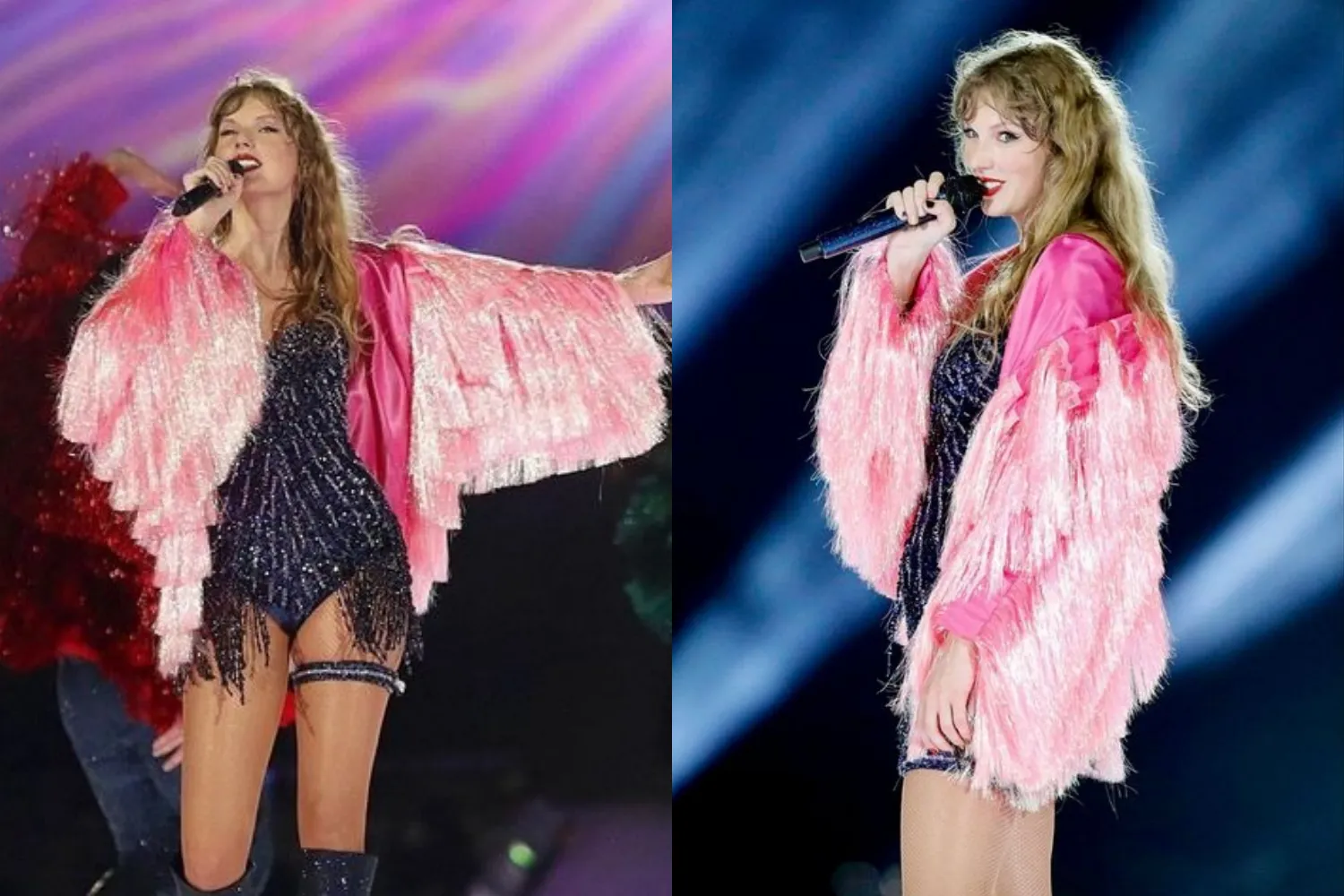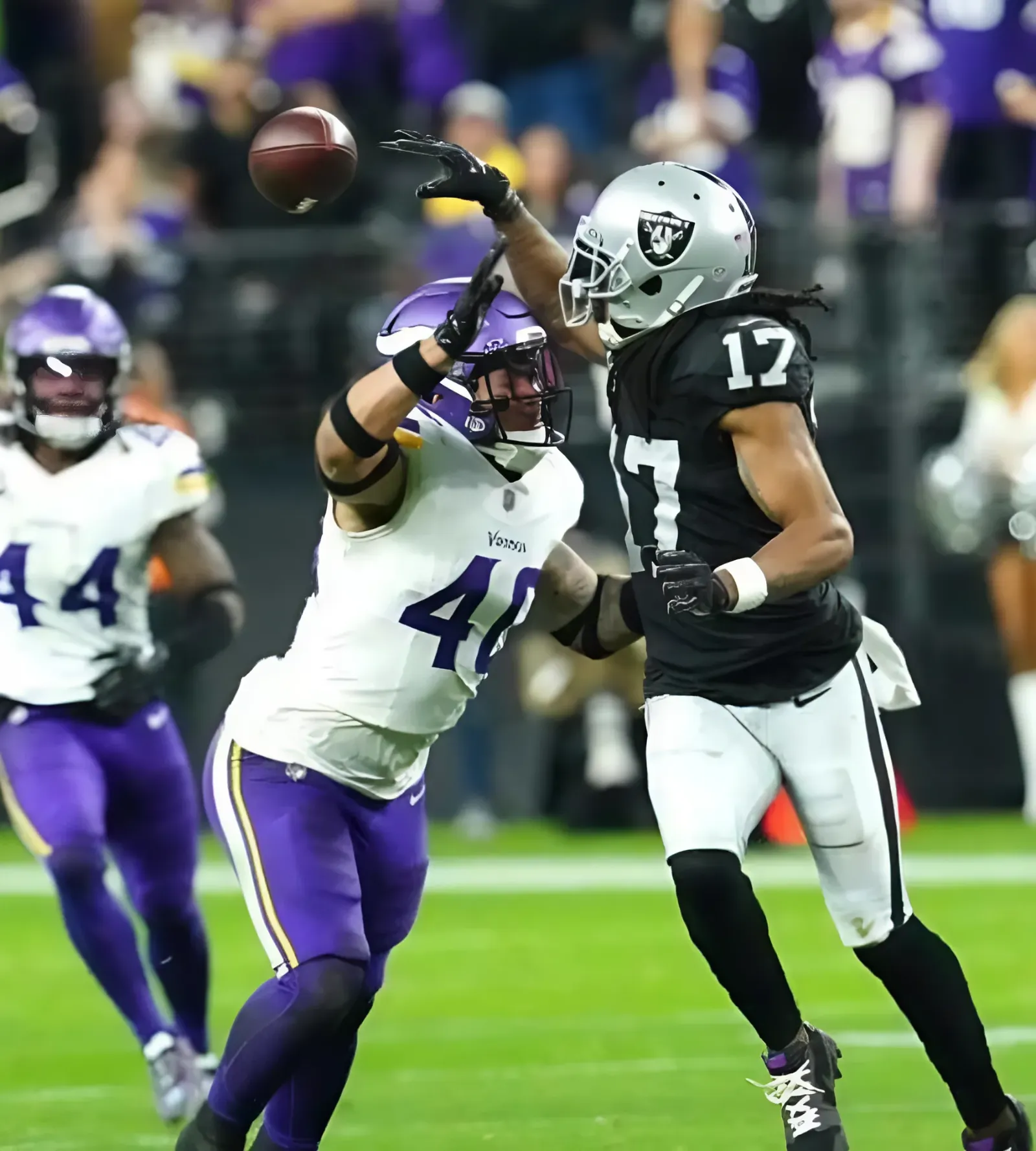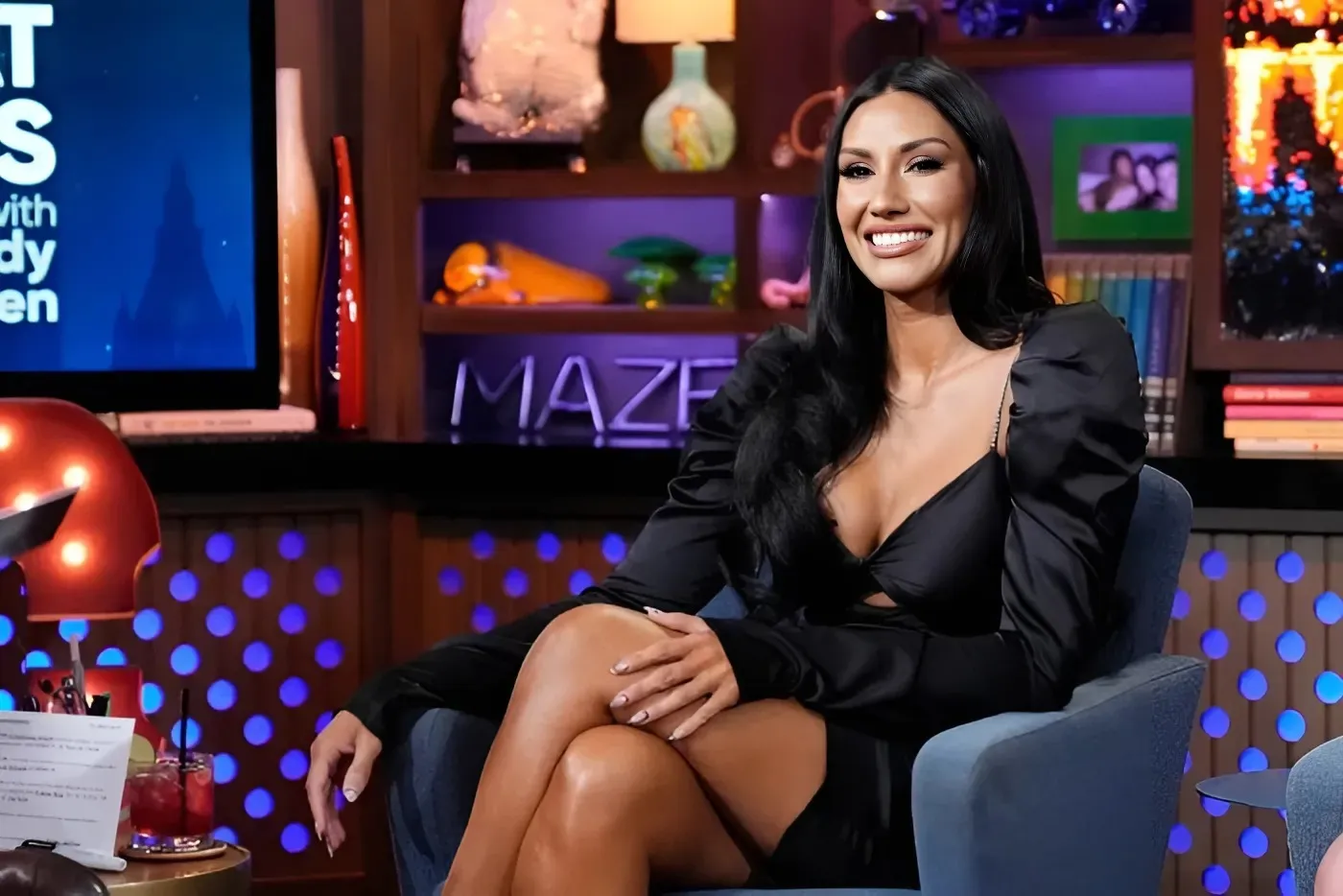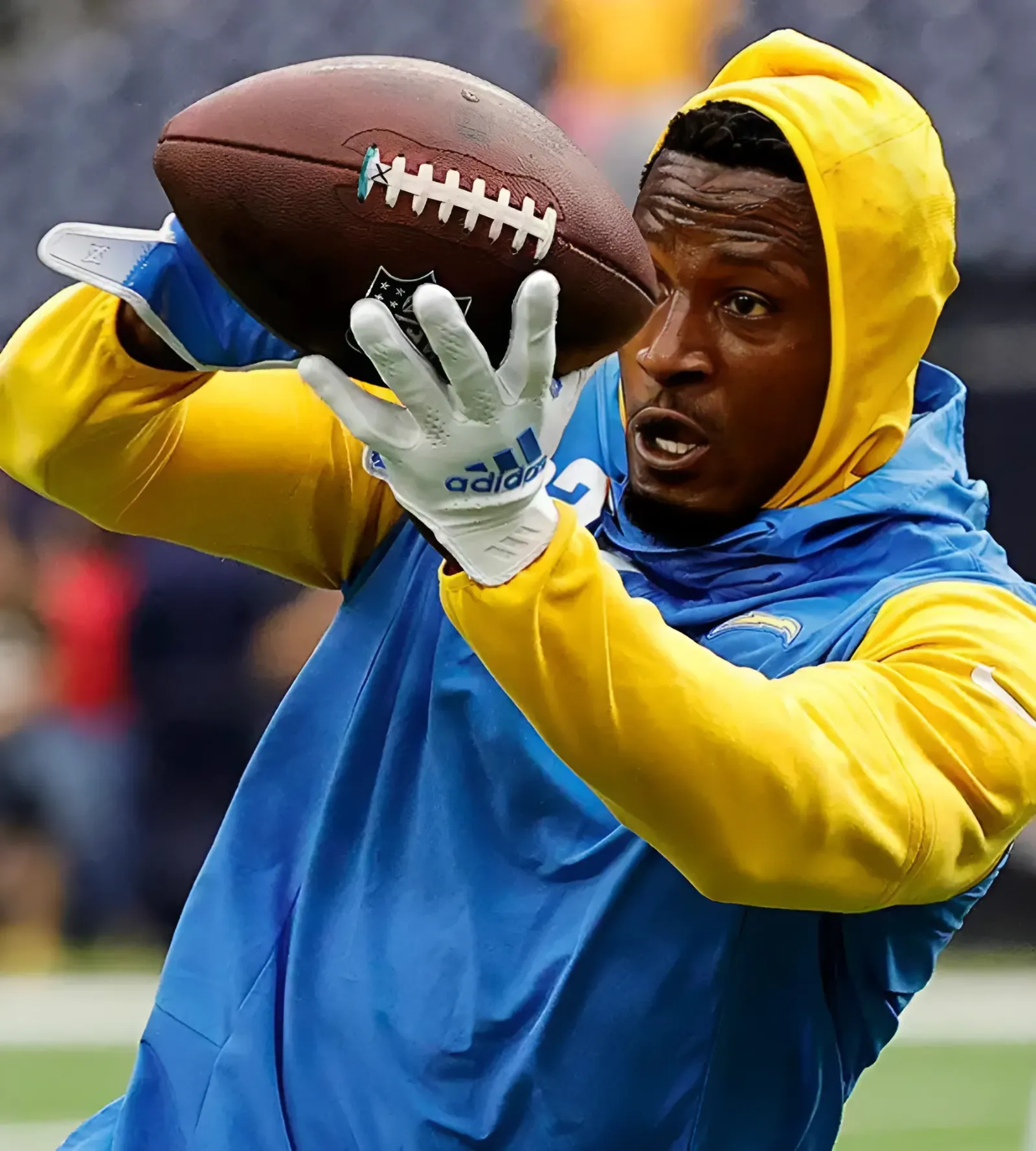One of the places change comes at baseball fans fast and furious is trades.

Last year the Cubs made a big deal for a ready for MLB first baseman, Michael Busch. By pretty much every account that was a short-term win for the North Siders. Busch was very good for the Cubs in 2024. He hit .248/.335/.440 with 21 home runs. The strikeout rate was a bit on the high side at 28.6 percent, but his walk rate was a solid 11.1 percent. By putting up 2.3 fWAR at first base, Busch solidified himself as a top 10 first baseman, ranking ninth, just behind the Braves’ Matt Olson and just ahead of the Guardians’ Josh Naylor. You can see the top 15 qualified first basemen by fWAR below:
Top 1B by fWAR 2024
| Name | Team | G | PA | HR | R | RBI | SB | BB% | K% | ISO | BABIP | AVG | OBP | SLG | wOBA | xwOBA | wRC+ | WAR |
|---|---|---|---|---|---|---|---|---|---|---|---|---|---|---|---|---|---|---|
| Vladimir Guerrero Jr. | TOR | 159 | 697 | 30 | 98 | 103 | 2 | 10.33% | 13.77% | .221 | .342 | .323 | .396 | .544 | .398 | .410 | 165 | 5.5 |
| Bryce Harper | PHI | 145 | 631 | 30 | 85 | 87 | 7 | 12.04% | 21.87% | .240 | .331 | .285 | .373 | .525 | .380 | .361 | 145 | 5.2 |
| Freddie Freeman | LAD | 147 | 638 | 22 | 81 | 89 | 9 | 12.23% | 15.67% | .194 | .306 | .282 | .378 | .476 | .365 | .370 | 137 | 4.0 |
| Salvador Perez | KCR | 158 | 652 | 27 | 58 | 104 | 0 | 6.75% | 19.79% | .185 | .302 | .271 | .330 | .456 | .335 | .362 | 115 | 3.2 |
| Carlos Santana | MIN | 150 | 594 | 23 | 63 | 71 | 4 | 10.94% | 16.67% | .182 | .252 | .238 | .328 | .420 | .326 | .330 | 114 | 3.0 |
| Christian Walker | ARI | 130 | 552 | 26 | 72 | 84 | 2 | 9.96% | 24.09% | .217 | .287 | .251 | .335 | .468 | .343 | .354 | 119 | 3.0 |
| Nathaniel Lowe | TEX | 140 | 565 | 16 | 62 | 69 | 2 | 12.57% | 22.12% | .136 | .324 | .265 | .361 | .401 | .337 | .329 | 121 | 2.8 |
| Matt Olson | ATL | 162 | 685 | 29 | 78 | 98 | 0 | 10.36% | 24.82% | .210 | .293 | .247 | .333 | .457 | .339 | .342 | 117 | 2.6 |
| Michael Busch | CHC | 152 | 567 | 21 | 73 | 65 | 2 | 11.11% | 28.57% | .192 | .322 | .248 | .335 | .440 | .336 | .321 | 119 | 2.3 |
| Josh Naylor | CLE | 152 | 633 | 31 | 84 | 108 | 6 | 9.16% | 16.59% | .213 | .246 | .243 | .320 | .456 | .332 | .334 | 118 | 2.3 |
| Pete Alonso | NYM | 162 | 695 | 34 | 91 | 88 | 3 | 10.07% | 24.75% | .219 | .276 | .240 | .329 | .459 | .340 | .345 | 122 | 2.1 |
| Jake Cronenworth | SDP | 155 | 656 | 17 | 72 | 83 | 5 | 9.30% | 17.99% | .149 | .274 | .241 | .324 | .390 | .315 | .338 | 105 | 2.1 |
| Yandy Díaz | TBR | 145 | 621 | 14 | 55 | 65 | 0 | 8.05% | 15.30% | .133 | .314 | .281 | .341 | .414 | .331 | .337 | 120 | 1.9 |
| Ryan Mountcastle | BAL | 124 | 507 | 13 | 54 | 63 | 3 | 5.33% | 22.49% | .154 | .327 | .271 | .308 | .425 | .316 | .335 | 108 | 1.5 |
| Vinnie Pasquantino | KCR | 131 | 554 | 19 | 64 | 97 | 1 | 7.22% | 12.82% | .183 | .265 | .262 | .315 | .446 | .325 | .331 | 108 | 1.5 |
The thing is, the asking price for Michael Busch wasn’t cheap. The Cubs received Michael Busch and on-again, off-again bullpen arm, Yency Almonte. The Dodgers received two very young, but very interesting, prospects in Jackson Ferris and Zyhir Hope.
Most analyses of this trade to date have looked at the Ferris side of it and for good reason. Ferris is a second round draft pick who the Cubs offered overslot value to sign with the team out of high school. He’s 20 years old with a plus slider and a plus curveball. Last year he peaked in Double-A and while there are a few more walks than I’d like, he’s generally been a solid strikeout guy whose 2.98 FIP in 98⅓ High-A innings was a bit better than the 3.39 ERA he put up there. In Double-A he threw 28⅓ innings to the tune of a 2.54 ERA, although the FIP was less gaudy at 4.40. Suffice to say, a 20-year old starting pitcher Cubs fans would love to still have in their system.
In fact, last season in early March Ferris was listed as the 17th best prospect in a stacked Dodgers’ system and as of this writing that’s where he still sits according to FanGraphs prospect board. And don’t get me wrong, Ferris is great. Below is his write-up from March:
Signed for $3 million as a second rounder in 2022, Ferris didn’t pitch at an affiliate after the draft and was handled pretty conservatively during his pro debut, as he made 18 starts but only pitched 56 strikeout- and walk-heavy innings. He was traded to Los Angeles during the offseason as part of the Michael Busch swap with the Cubs. Ferris’ combination of velocity (up to 96 mph), fastball carry, breaking ball snap, and frame give him meaningful upside. His feel for location is so raw that he has a little more relief risk than a typical $3-million signee, though sometimes guys with lanky frames like this gain control of their bodies later.
Ferris has a powerful lower half, bending deep into his blocking leg. He also strides open, clearing his front side to help enable an extremely vertical arm slot. The combination of the two helps Ferris’ fastball have flatter angle than is typical for a pitcher this tall and with such a high arm slot. If he can live more consistently at the top of the strike zone as he matures, his mid-90s fastball could dominate up there. The vertical slot helps him create depth on his breaking balls, and Ferris can turn over a changeup from that slot, albeit with some slot variation. He threw his changeup less than I expected last season and the quality of that pitch was a little worse than my pre-draft grades. The Dodgers have done a great job developing changeups and that pitch may yet take a leap in pro ball. Ferris’ style of pitching with his fastball is such that he will probably always be an inefficient operator, but he has the raw stuff to be a no. 4 starter if he can improve his changeup and command. If his arm strength also improves as he matures, then we’re talking about significant impact.
It’s possible that Ferris alone could figure some things out and have Cubs fans groaning over this trade in a few years. However, the man on the move, the man who may be the dagger in the heart of Cubs fans in 2028, is the man who has rocketed from outside the top 49 prospects to the sixth-best prospect in the Dodgers system since the Cubs traded him. The man who is intriguing the Arizona Fall League even though he doesn’t turn 20 until January. That man is Zyhir Hope.
Hope was drafted in 2023 in the 11th round out of high school in Virginia. His $400,000 signing bonus as 13.3 percent as large as Jackson Ferris’. But Hope has broken out in prospect circles and a big reason for that is the power speed combo he offers. Hope is currently graded as a 25/65 game power, 60/70 raw power and 70/60 speed according to FanGraphs. He’s so young that every level of professional ball he’s played at is a small sample size, but in 248 A-Ball at bats last year he hit nine home runs and snagged eight bases while hitting .287/.415/.490.
To be clear, as Blessing and I discussed earlier today, it could still have been the right move from the Cubs perspective to make the Busch trade even if Ferris and Hope hit their apex. First base had been a black hole for the Cubs since they traded Anthony Rizzo and when Matt Mervis didn’t pan out they really didn’t have a lot of ready-made options there. Busch fits a need for the team now — but it cost them a pitcher who could stick in some other rotation and a bat that looks a lot better than when he was moved. It is a very good reminder that evaluating trades too early is rarely accurate.
So as we head into the first weekend in November before turning this space back over to Josh and jazz on Monday night, I ask you — will the Cubs regret trading Zyhir Hope?



